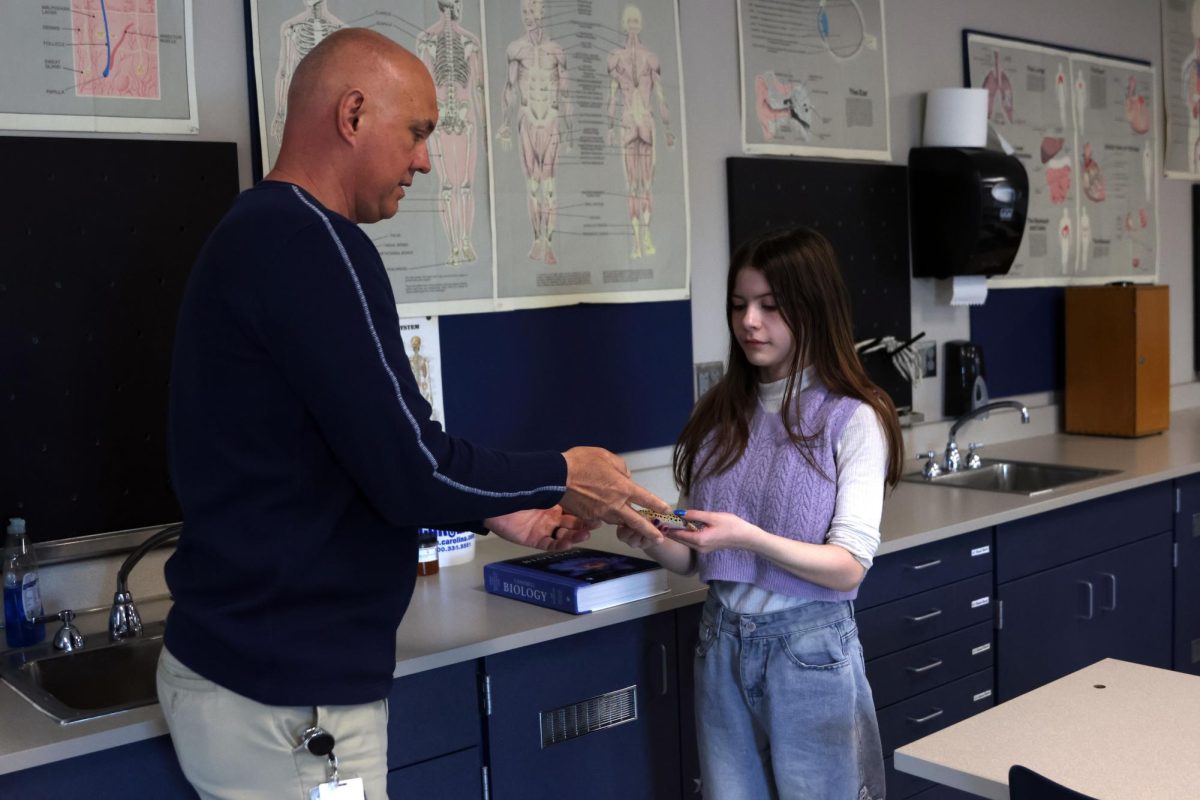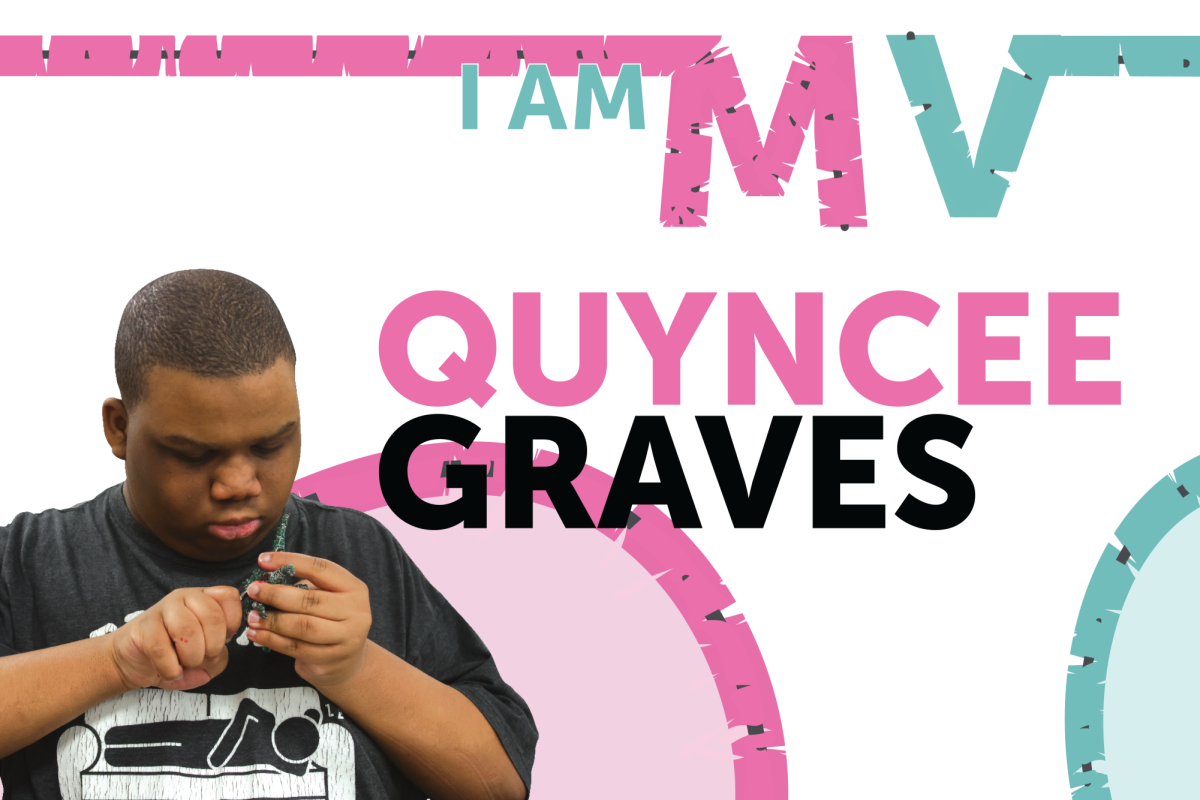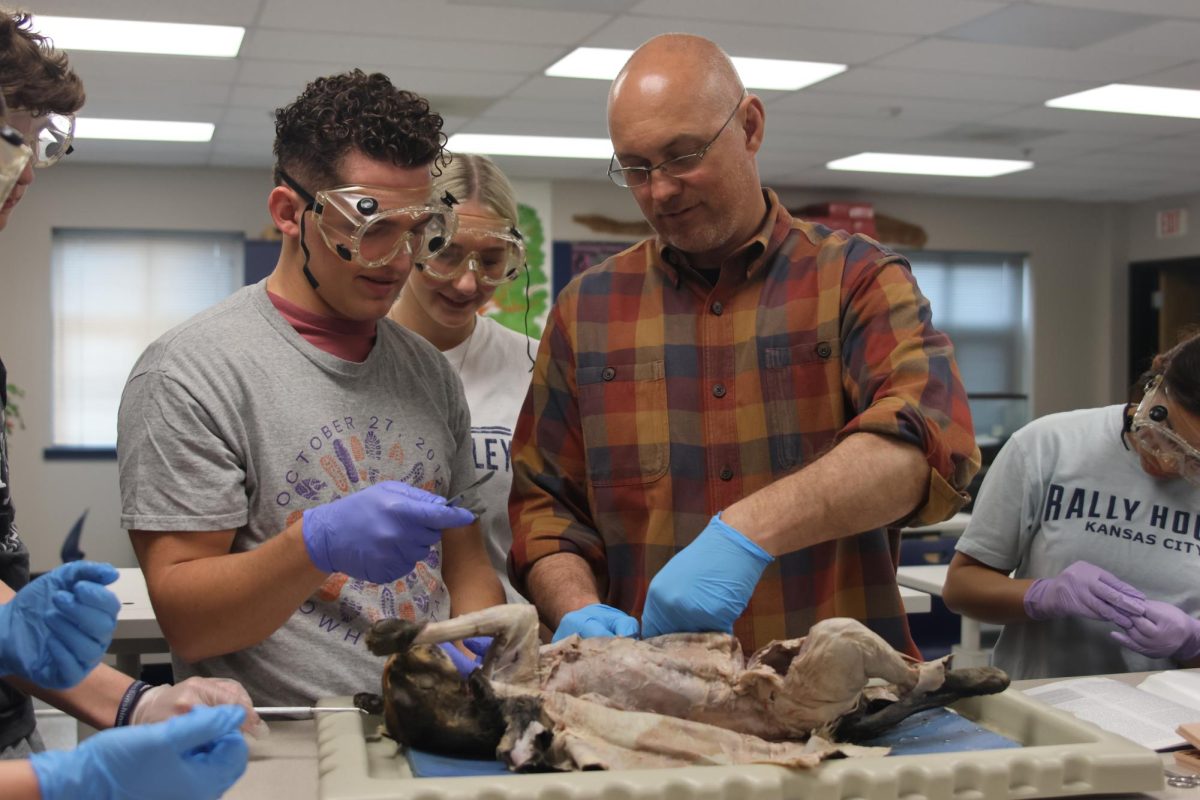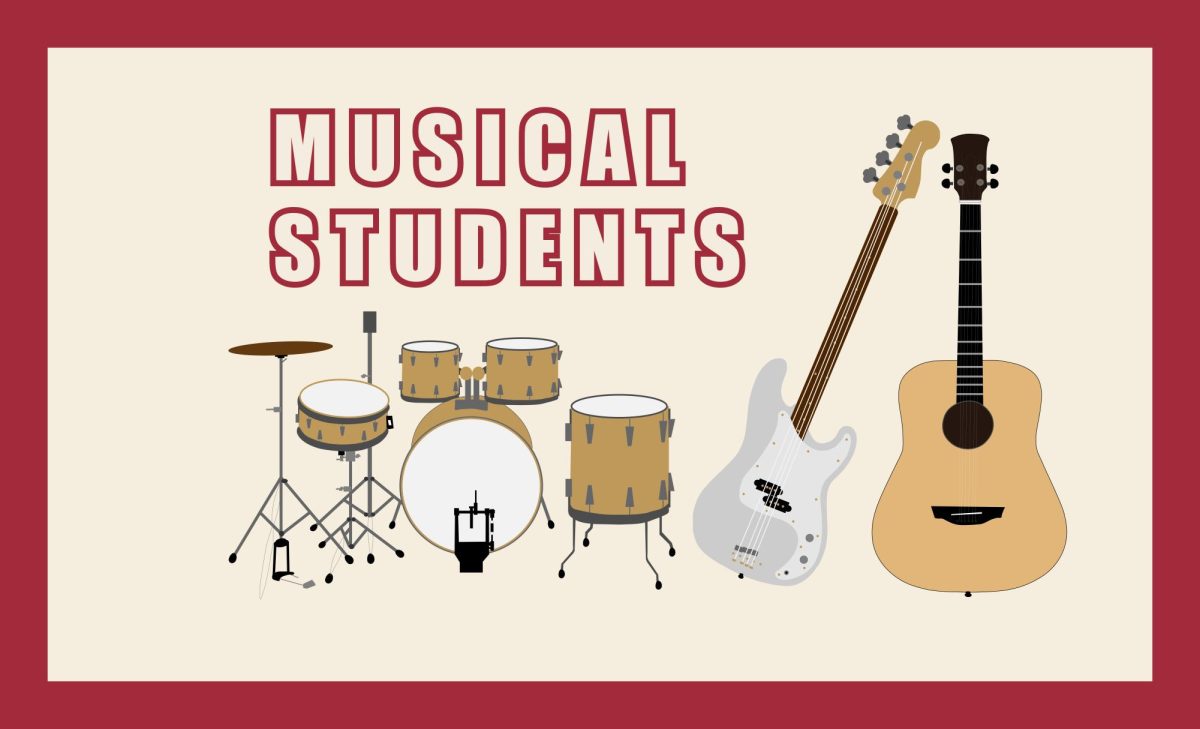Science teacher Eric Thomas’s classroom has live animals the students can interact with. These pets allow Thomas to provide students with a unique understanding of what they learned in his classroom. While he still has a handful of animals, before COVID-19, Thomas’s classroom was home to a multitude of animals like mice and snakes that helped students understand genetics in real time.
“I had probably ten snakes and maybe 20 lizards,” Thomas said. “We raised mice, and I had fish. It made learning a lot more real and a lot more hands-on for [the students].”
Sophomore Kira DeMartini has experienced the benefits of having the animals in her Zoology class during the reptile unit.
“It’s good to see [the animals] in person because you can see different body parts or features,” DeMartini said. “It’s more engaging than just looking at a picture on the screen.”
Sophomore Maizy Buckmaster also enjoys handling the animals in the class.
“My favorite part about holding the animals is when you actually learn how to handle it because that way you can learn how to hold other live animals safely.” Buckmaster wrote in an online interview.
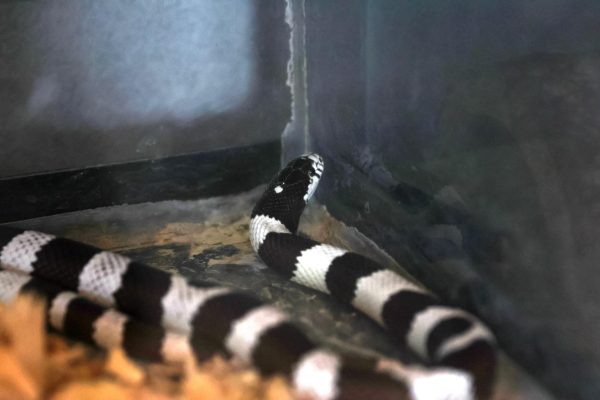
Since the pandemic, Thomas has been forced to give away many of his animals. Currently, he has a snake named Bowtie, a tarantula named Rosie and a gecko named Spot in his classroom.
“Having the animals in class for [the Zoology] kids means they can actually go back and see what the spinnerets on a tarantula look like,” Thomas said. “They can hold a snake and actually be able to see its scales.”
DeMartini, like many students, can be nervous around the animals, especially when it’s their first time.
“I’ve held the leopard gecko about twice now,” DeMartini said. “We haven’t gone to the snake yet because I don’t want to get bit by a snake.”
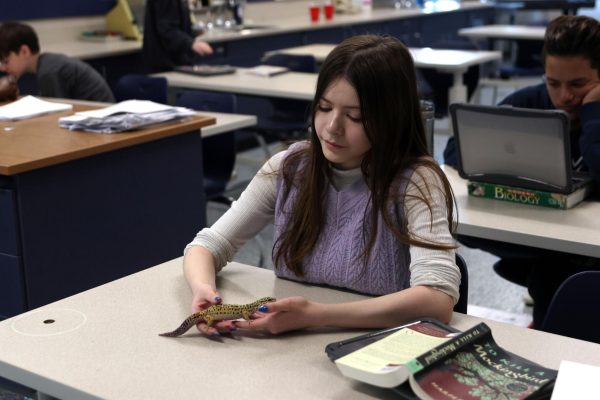
Even though his students can be afraid of these animals, Thomas gives the students the opportunity to hold them to help lessen their fear.
“There’s less of a fear when you become a little bit more aware that these things aren’t necessarily going to hurt you and that they’re not creepy,” Thomas said. “Having them in the classroom does that too; it alleviates fear.”



